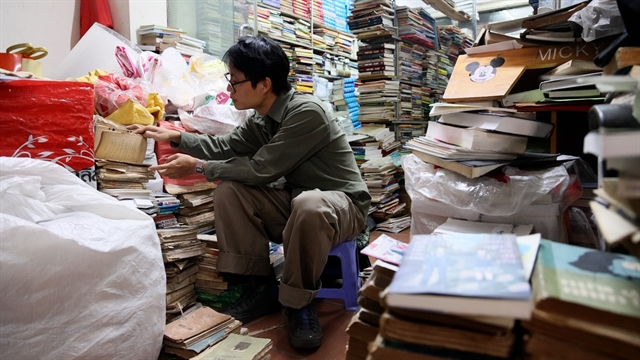 Life & Style
Life & Style

Members of the National Heritage Council have agreed to recognise the Điện Hải Citadel in the central city of Đà Nẵng as a National Special Relic.
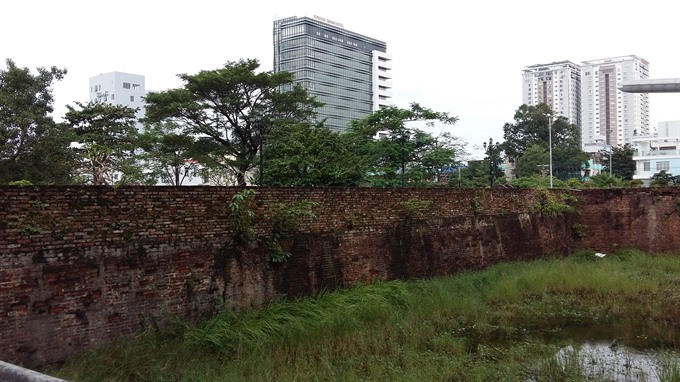 |
| Protection: A section of front wall and tunnel at the citadel. — VNS Photo Công Thành |
ĐÀ NẴNG — Members of the National Heritage Council have agreed to recognise the Điện Hải Citadel in the central city of Đà Nẵng as a National Special Relic.
Director of the city’s Department of Culture and Sports Huỳnh Văn Hùng told Việt Nam News that a meeting of the 25-member council decided this on Tuesday. The agreement will be sent to the Prime Minister for approval.
Hùng said it was a great endeavour to protect the relics that symbolise the history and foundation of Đà Nẵng City.
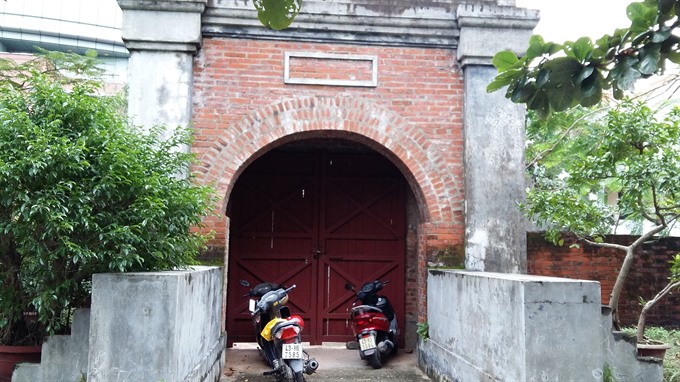 |
| Still in use: A gate at Điện Hải Citadel. — VNS Photo Công Thành |
He said the citadel, which was now the site of the city’s museum on Trần Phú Street, had been encroached by public and residential buildings and projects between 1998-2014.
“The city has re-allocated 75 houses on the citadel boundary and cleared 92 intruding buildings at a cost of VNĐ84 billion (US$3.7 million),” Hùng said, adding that planned projects on the north of the citadel were revoked last year.
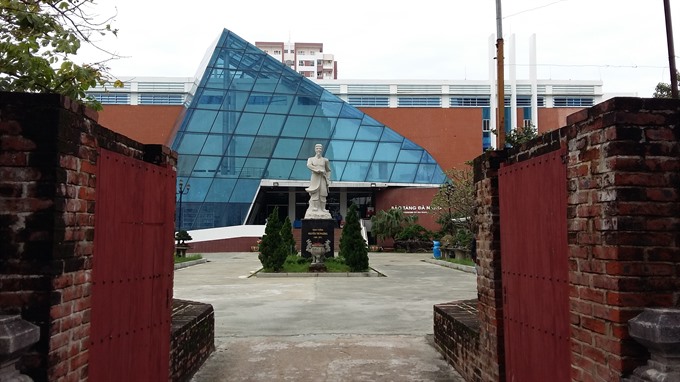 |
| War hereo: A gate and statue of general Nguyễn Tri Phương (1800-73), is seen at the Điện Hải Citadel. — VNS Photo Công Thành |
He said the city had planned to restore the site to its original condition in 1813. Hùng said even Đà Nẵng Museum, which was built in 1998, violated the protection belt around the citadel - and would be soon removed.
He said the citadel, which was listed as a national historical monument in 1988, needed space for restoration and tourism.
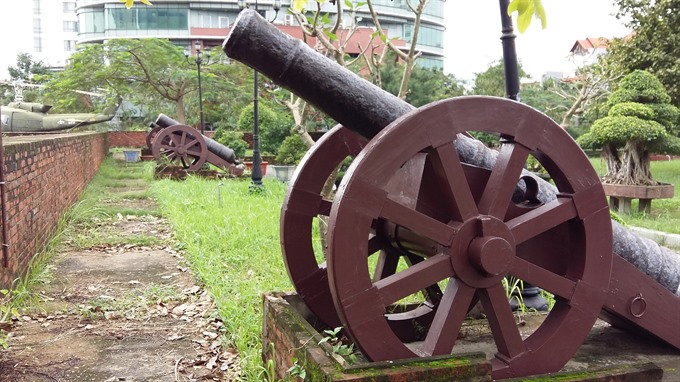 |
| Boom: A cannon set near the front wall of the Điện Hải Citadel in Đà Nẵng. — VNS Photo Công Thành |
The citadel was first constructed as a military outpost in the 12th year of King Gia Long’s reign (1813), near the mouth of the Hàn River, to control access to Đà Nẵng Port and serve as an important defensive position.
It was renamed as the Điện Hải Citadel in 1835, the 15th year of King Minh Mạng’s reign, after it was moved inland and rebuilt on a high mount in 1823, the fourth year of Minh Mạng’s reign.
The citadel still has a moat between two brick walls and a cannon collection displayed outdoors.
Last year, the city proposed that 11 iron cannons cast during the Nguyễn Dynasty between 1802 and 1860 and unearthed at the Điện Hải Citadel between 1979 and 2008, be recognised as a national treasure.
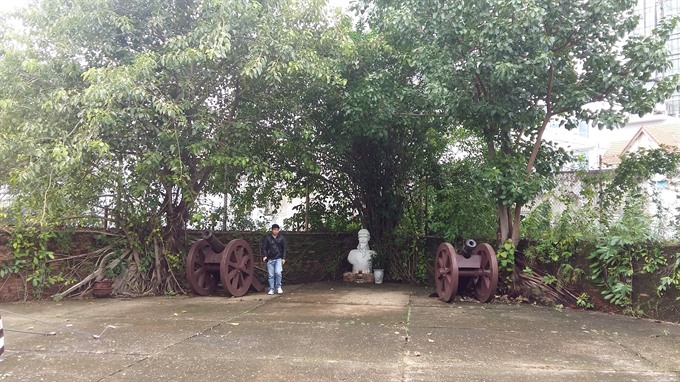 |
| Peaceful: A corner of the citadel in Đà Nẵng City. The structure may be recognised as a National Relic. — VNS Photo Công Thành |
The cannon collection and citadel are closely linked to Nguyễn Tri Phương (1800-73), a famous general who commanded an army and civilians in fighting against French-Spanish coalition forces in 1858-60.
Đà Nẵng has 50 historical sites and 18 national historical monuments included in the city’s restoration project for 2016-20. — VNS